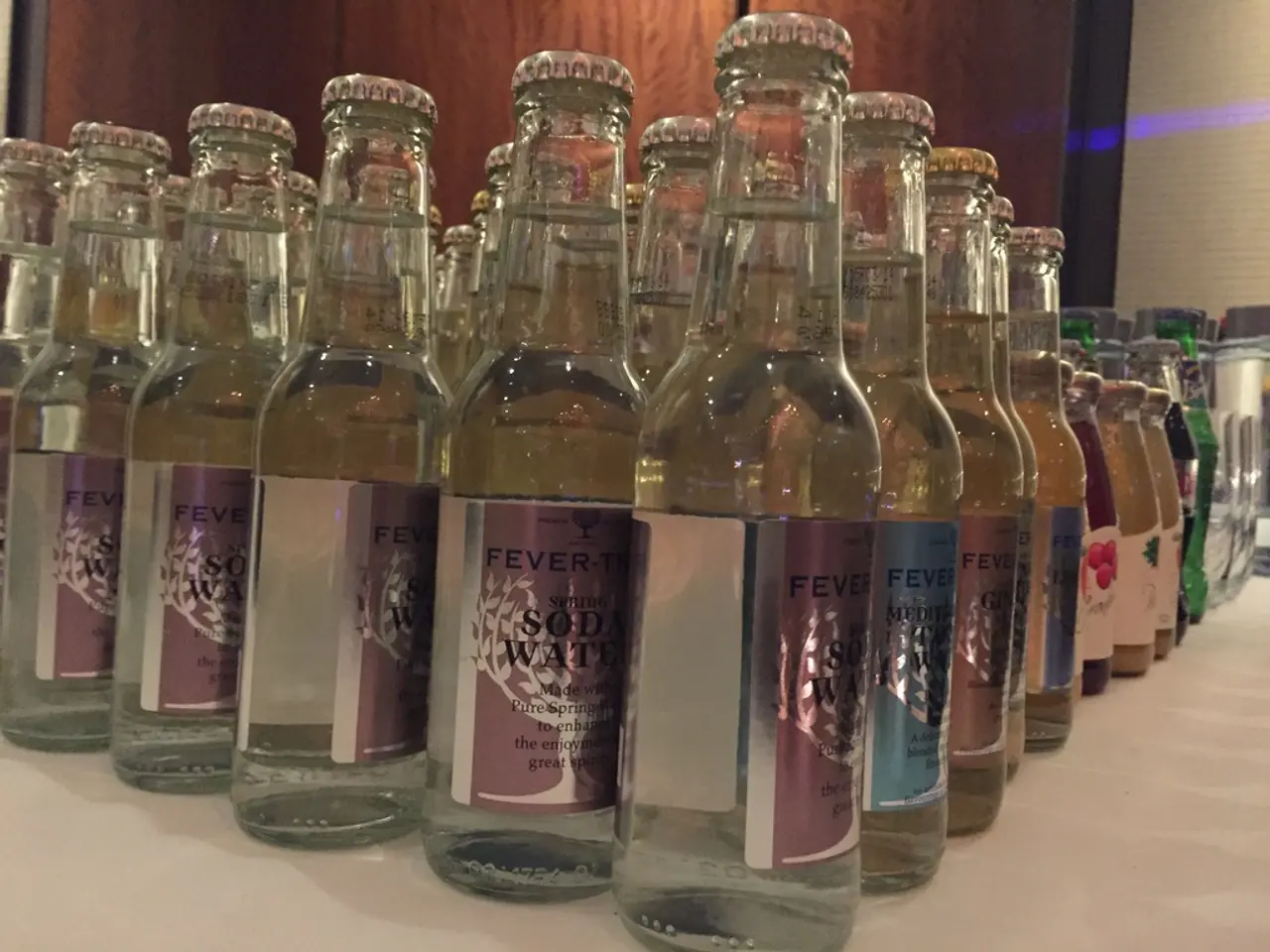Potential Strategies to Account for Potential Tariff Impacts
Enterprise Risk Management (ERM) teams play a crucial role in helping Chief Financial Officers (CFOs) navigate the effects of a volatile tariff environment. Here are some best practices for ERM teams to mitigate tariff volatility:
Diversifying Supply Chains
By sourcing from multiple suppliers across different regions, ERM teams can reduce dependence on any one supplier or region, thereby mitigating the impact of tariffs. To implement this strategy, conduct thorough supplier assessments to identify potential risks and opportunities for diversification.
Controlling Costs
Negotiating supply contracts to lock in prices and exploring lower-cost alternatives, while maintaining quality standards, is another effective strategy. Regularly review and adjust product records and processes to avoid costly mistakes.
Recalculating Inventory Buffers
Adjust safety stocks to account for potential production delays and pricing spikes due to tariffs. Implement agile inventory management systems that can quickly respond to changes in the tariff environment.
Shifting Production Locations
Consider reshoring or nearshoring production to reduce exposure to tariffs and geopolitical risks. Conduct feasibility studies to identify locations that offer stable environments and favorable trade conditions.
Building Collaborative Supplier Relationships
Foster collaborative risk management with suppliers, including joint planning and shared investments in alternative sourcing. Establish open communication channels for regular updates on trade policy developments and potential impacts.
Monitoring and Adapting to Market Volatility
Stay informed about regulatory changes and market trends to anticipate potential disruptions. Regularly assess and adjust liquidity models to accommodate changing market conditions.
Implementing Agile Inventory Strategies
Transition from bulk ordering to more agile, regionally distributed inventory management systems. Invest in technology that facilitates real-time inventory tracking and synchronization across multiple regions.
By implementing these strategies, ERM teams can effectively navigate the challenges posed by tariff volatility and protect their organizations from potential disruptions.
For more information, refer to the Gartner report titled "Tariff Risks to Assess: 3 Steps ERM Can Take Now". Additionally, 53% of CFOs and finance leaders plan to update their risk assessments, scenario planning models, and contingency plans to address the evolving tariff landscape and potential future escalations.
Stay updated on the Gartner Enterprise Risk, Audit & Compliance Conference by following news and updates using the hashtag #GartnerERAC. The conference is scheduled to take place on September 8-9, 2025, in Grapevine, Texas. However, it is not related to President Donald Trump's tariff reset or its impact on insurance trends, the Gartner Enterprise Risk, Audit & Compliance Conference, GlobalData's insights on the impact of US trade tariffs on world trade and the Chinese insurance sector, or any other provided information.
- In the realm of technology, investing in solutions that facilitate real-time inventory tracking and synchronization across multiple regions can help in implementing agile inventory strategies, which are crucial for ERM teams to adapt to market volatility caused by tariffs.
- To ensure compliance with tariff environmental changes, finance leaders and CFOs are anticipated to update their risk assessments, scenario planning models, and contingency plans - a decision supported by 53% of industry peers.




